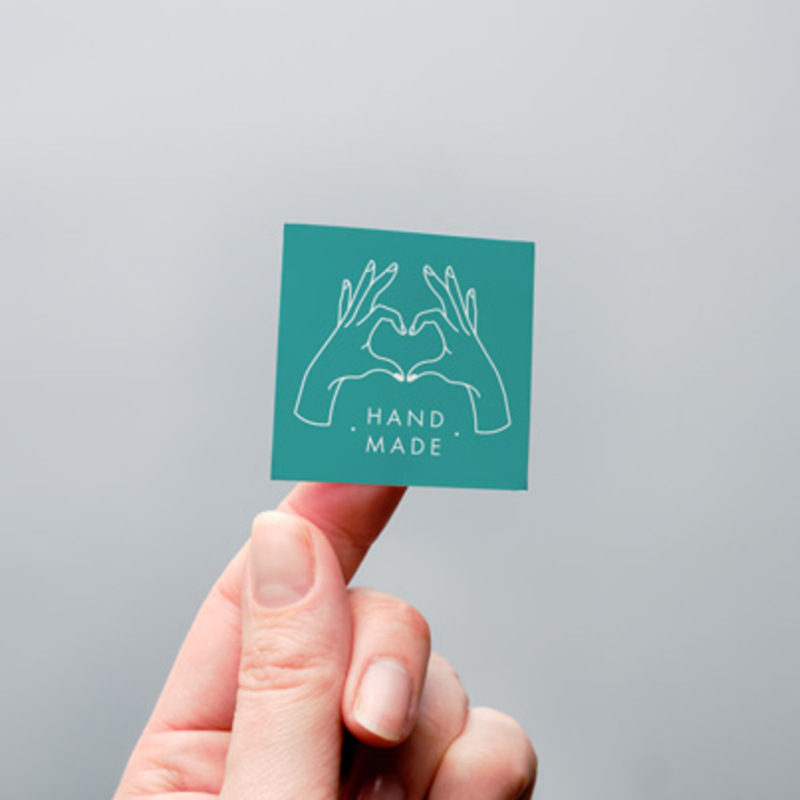The Essential Role of Baking Liner Paper in Culinary Arts
Baking is both an art and a science, and having the right tools and materials makes all the difference in achieving perfect results. Among these tools, baking liner paper, also commonly known as parchment paper, plays a crucial role in the culinary world. This remarkable material not only simplifies the baking process but also enhances the quality and presentation of baked goods.
What is Baking Liner Paper?
Baking liner paper is a versatile, heat-resistant paper that is typically made from cellulose fibers, coated with silicone to provide non-stick properties. This unique combination allows it to withstand high temperatures, making it ideal for various baking applications. The paper comes in rolls or pre-cut sheets, and it is commonly used to line baking trays, cake pans, and cookie sheets.
Benefits of Using Baking Liner Paper
1. Non-Stick Surface One of the most significant advantages of using baking liner paper is its non-stick surface. This feature prevents baked goods from sticking to the pan, making it easier to remove cookies, cakes, and pastries without damaging their shape or texture. It saves time and effort, especially when cleaning up after baking.
2. Even Cooking Baking liner paper ensures a more consistent heat distribution. When used to line baking trays, it helps to create an even cooking surface, which is crucial for achieving uniform results. This is particularly important for delicate items like meringues or macarons that require precise baking conditions.
3. Easy Cleanup The use of baking liner paper significantly reduces the mess associated with baking. Since the paper absorbs moisture and oil, it helps prevent spills and stains from reaching the baking surface, making for a simpler cleanup process. After the baking is complete, simply discard the used liner, and the baking tray remains clean and ready for the next culinary adventure.
4. Versatility Baking liner paper can be used for a variety of tasks in the kitchen. Beyond lining baking trays, it is also excellent for rolling out dough, wrapping foods for steaming, and even as a makeshift piping bag for frosting or filling. Its versatility makes it an invaluable tool for both amateur bakers and professional chefs.
baking liner paper

5. Food Safety Most baking liner papers are treated to be food-safe, ensuring that they do not leach harmful substances into the food during baking. This safety aspect is critical for bakers who prioritize health without compromising on convenience and performance.
Tips for Using Baking Liner Paper
To get the most out of baking liner paper, here are a few useful tips
- Cut to Size If you are using a roll of baking liner paper, make sure to cut it to the right size to fit your baking pans perfectly. This ensures that it covers the entire base and edges, preventing any sticking.
- Greasing While most baking liner papers are non-stick, a light greasing with cooking spray or butter can provide extra assurance for particularly sticky items like fruit-filled pastries.
- Storage Keep your baking liner paper stored in a cool, dry place. Exposure to moisture can compromise its non-stick properties and make it less effective.
Conclusion
In conclusion, baking liner paper is an indispensable asset in any kitchen. Its non-stick qualities, ability to promote even cooking, ease of cleanup, versatility, and food safety make it a must-have for bakers at any level. Whether you are whipping up a batch of cookies, baking a cake, or experimenting with new pastry recipes, investing in quality baking liner paper can elevate your baking experience. Embrace this baking essential and witness the difference it makes in your culinary creations!



